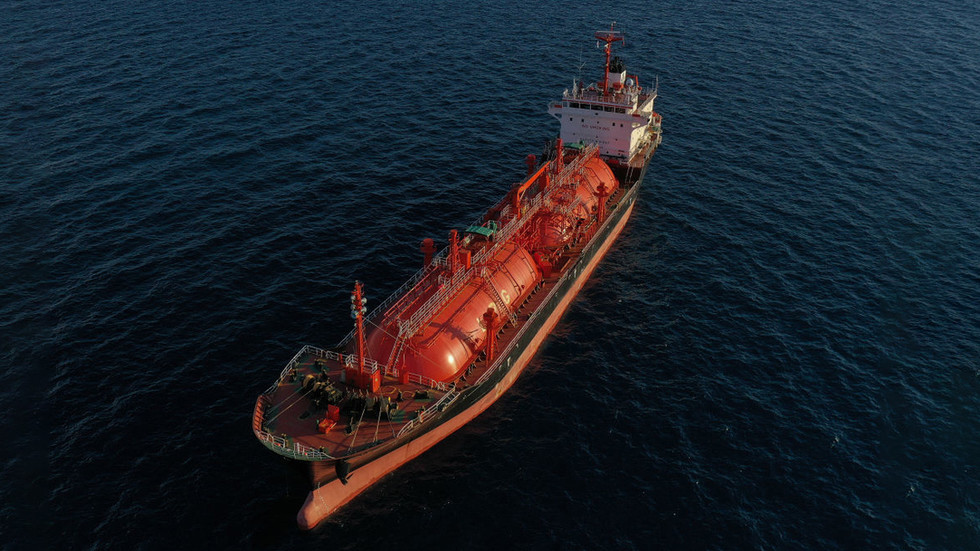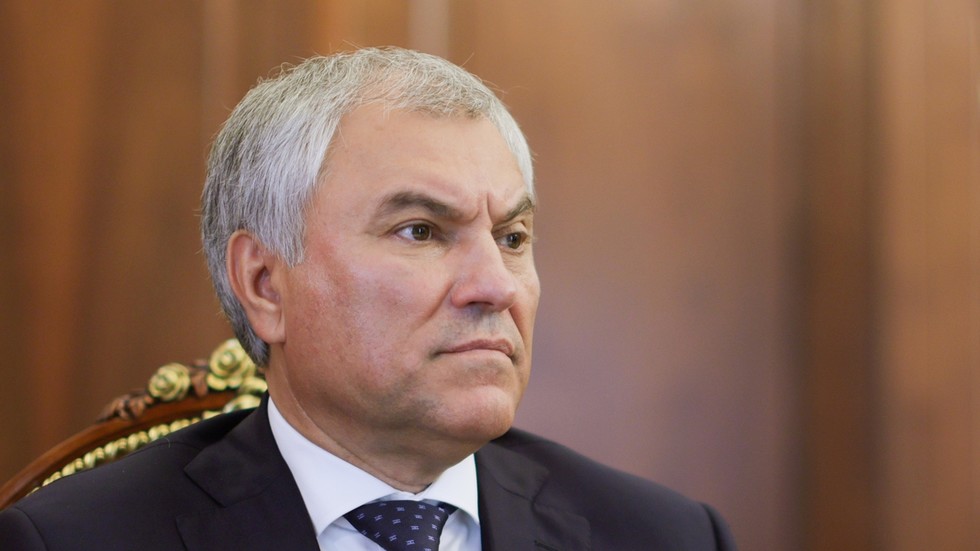A combination of rainfall, in-fighting and difficult terrain have made rescue operations increasingly difficult after a disaster killed as many as 2,000 people.
Humanitarian organisations in Papua New Guinea have warned of a possible second landslide and a disease outbreak at the scene of the country's largest mass-casualty disaster in recent memory, which saw hundreds injured and killed by a massive landslide.
A UN official said the water streams and scores of bodies buried by the tons of debris that swept over a village on May 24 are together posing a major risk of further catastrophe even as rescuers struggle to help those still trapped.
A mass of boulders, earth and splintered trees devastated Yambali in the South Pacific nation's remote highlands when a limestone mountainside sheared away last week.
The blanket of debris has become more unstable with recent rain and streams trapped between the ground and rubble, said Serhan Aktoprak, chief of the International Organisation for Migration's (IOM) mission in Papua New Guinea.
The UN agency has officials helping to shelter 1,600 displaced people at the scene of the disaster in Enga province.
The IOM estimates 670 villagers died, while Papua New Guinea's government has said it thinks more than 2,000 people were buried.
Six bodies had been retrieved from the rubble by Tuesday, a UN statement said.
"We are hearing suggestions that another landslide can happen and maybe 8,000 people need to be evacuated," Aktoprak told The Associated Press.
"This is a major concern. The movement of the land, the debris, is causing a serious risk, and overall the total number of people that may be affected might be 6,000 or more," he said.
That number includes villagers whose source of clean drinking water has been buried and subsistence farmers who lost their vegetable gardens.
"If this debris mass is not stopped, if it continues moving, it can gain speed and further wipe out other communities and villages further down" the mountain, Aktoprak said.
A UN statement later tallied the affected population at 7,849, including people who might need to be evacuated or relocated. The UN said 42% of those people were younger than 16 years old.
Scenes of villagers digging with their bare hands through muddy debris in search of their relatives' remains were also concerning.
"My biggest fear at the moment is corpses are decaying, ... water is flowing and this is going to pose serious health risks in relation to contagious diseases," Aktoprak said.
The warning comes as geotechnical experts and heavy earth-moving equipment are expected to reach the site soon.
The Papua New Guinea government on Sunday officially asked the United Nations for additional help and to coordinate contributions from individual nations.
An Australian disaster response team arrived Tuesday in Papua New Guinea, which is Australia's nearest neighbour. The team includes a geohazard assessment team and drones to help map the site.
"Their role will be particularly helping perform geotechnical surveillance to establish the level of the landslip, the instability of the land there, obviously doing some work around identifying where bodies are," said Murray Watt, Australia's minister for emergency management.
The Australian government has offered long-term logistical support for clearing debris, recovering bodies and supporting displaced people. The government announced an initial aid package of 2.5 million Australian dollars (€1.53 million).
Earth-moving equipment used by Papua New Guinea's military was expected to arrive soon, said Justine McMahon, country director of for humanitarian agency CARE International.
An excavator donated by a local builder on Sunday became the first piece of heavy earth-moving machinery brought in to help villagers who have been digging with shovels and farming tools to find bodies.
Heartbroken and frustrated Yambali resident Evit Kambu thanked those who were trying to find her missing relatives in the rubble.
"I have 18 of my family members buried under the debris and soil that I'm standing on," she told Australian Broadcasting Corporation through an interpreter.
"But I can't retrieve the bodies, so I'm standing here helplessly," she added.

 5 months ago
21
5 months ago
21









